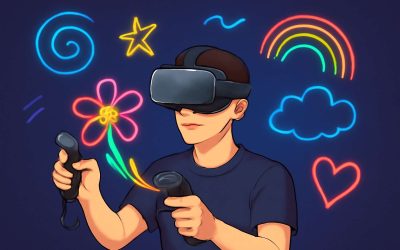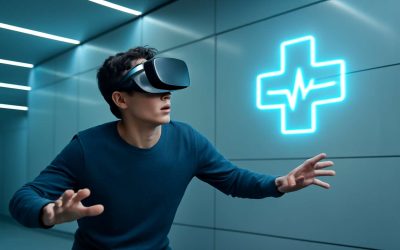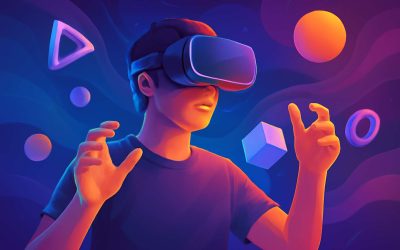
Virtual reality is an artificial environment that can be accessed through a headset. It allows users to explore a virtual world and interact with characters that are digital versions of themselves. Compared to the traditional computer experience, virtual reality offers a more immersive and interactive experience.
For starters, VR is a great way to simulate dangerous or difficult situations. For instance, virtual reality can help surgeons train for complicated surgeries. In addition, it can give shoppers a feel for a product before purchasing it. A number of different industries are adopting VR.
The United Nations, for example, recently released a film about a 12-year-old Syrian refugee living in a camp during a civil war. This film, which has been a major hit, is a good example of the type of emotional connection virtual reality can create.
As technology continues to improve, the immersive virtual reality experiences will only get better. For example, a new brain-scanning headset with electrodes will allow you to control the VR experience with your hands free. Other notable advances include headsets that can be used to simulate meeting rooms.
One of the earliest applications of VR is flight cockpit simulators. These systems trace their roots back to the mechanical simulators developed by Edwin Link in the 1920s. Today, the most advanced headsets provide 360 deg movement.
Another interesting application of VR is scientific data visualization. Its graphical capabilities have been a boon to the industry for years. Using VR, engineers can work at a 30 percent faster rate. Even the military has started using it. Many companies use it for training their workers. Surgical trainees reported that they were 68 percent more successful when using VR for training.
Virtual reality has also been found to alleviate phantom-limb pain. However, it can cause nausea or simulator sickness. To avoid this, it is important to wear a headset that has a wraparound design.
Some of the most popular consumer VR products include the HTC VIVE Cosmos and the Sony Playstation VR. In fact, the PlayStation sold almost one million VR headsets in the first four months of release.
Although the market is still quite young, it’s clear that VR is here to stay. Big technology companies are developing Virtual Reality headsets that will be more powerful in the coming years. They are also designing VR headsets with no cables, making it possible to connect more devices to the system.
With its ability to create original and realistic environments, VR is well suited to many industries. For instance, a VR meeting room is an effective way to maintain collegial relationships and save money. Similarly, a VR experience can be the ideal substitute for expensive, real-life exercises.
Another exciting application of VR is the cinematic. While 3D movies can take viewers to the moon, ocean, or seabed, a virtual movie is much more realistic. Not only does it take advantage of VR’s capability to simulate the environment, but it can also help narrow the time frame.



0 Comments